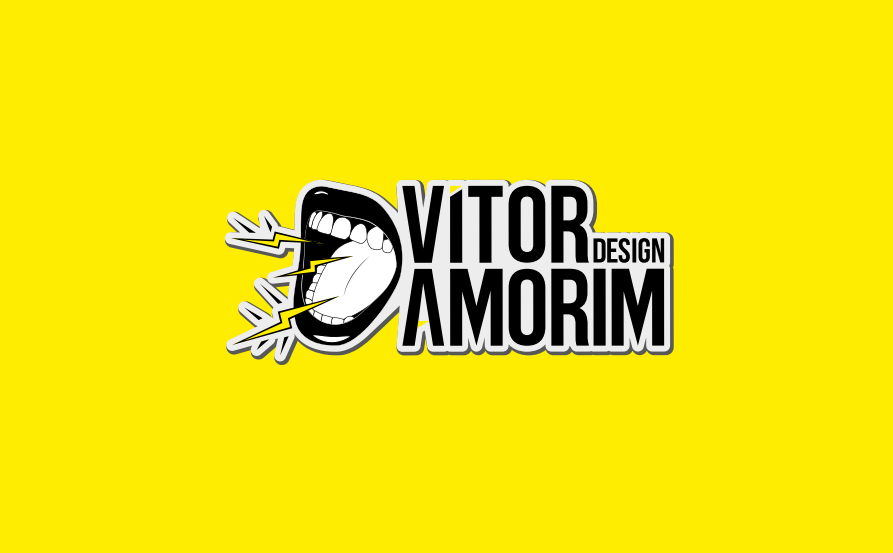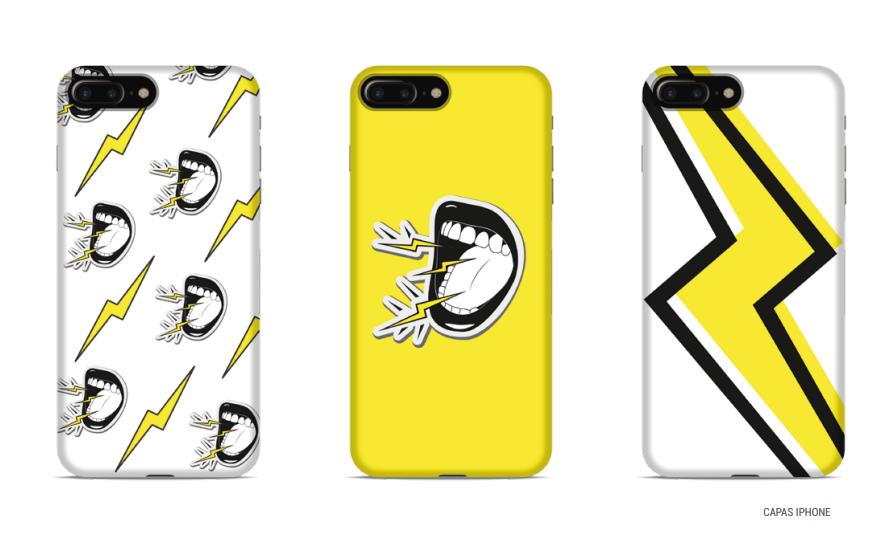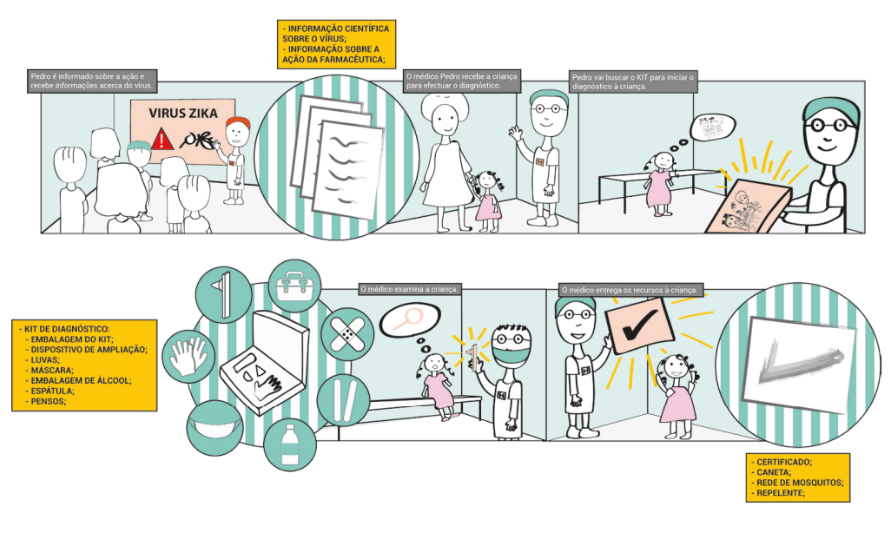
Topic outline
- LSDM MA Design Experience

- Learning @ LSDM
Flexible Learning
LSDM units offer weekly contents in multiple learning formats, allowing you to learn at your own style and rythm. Weekly contents are available in 3 languages: English, Portuguese and Spanish.
Assessment
According to the units' learning outcomes, assessment tasks may include exams, case studies, competitions and reports. All reports will be assessed through a plagiarism analysis tool. You will find self-assessment opportunities and feedback to assess your progress.
Easy to use Learning Environment
LSDM Campus Online is an easy-to-use environment. Units provide a clean structure, offering weekly resources and activities, where you can learn and apply new knowledge.
Tutor Centre Support
Our Tutor Centre is always available to support your learning, clarify your doubts and discuss your ideas.
Resources to support teaching and learning

EBSCO Library

Statista Library

Turnitin

Bloomsbury Design Library
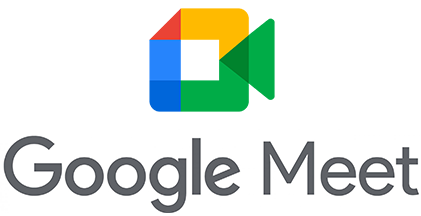
Google Meet - webconference system
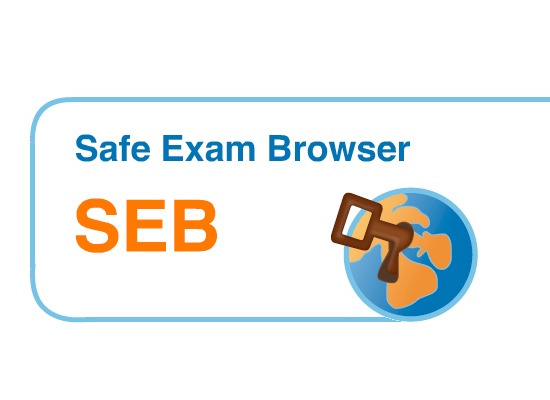
Safe Exam Browser

Praxis - Business Simulation
LSDM Students Testimonials
Image Gallery of LSDM Student Works
- Welcome Message from the MA Design Course Leader

Abhishek Chetterjee, PhD
Course Leader, Design
Hi and Welcome to Design @ LSDM!
Firstly, thank you for your interest towards our Design Program. Much more than a course, it is a diverse and vibrant community of talented individuals, much like yourself, who are dedicatedly involved in redefining the boundaries of design. Through some of their groundbreaking work in key fields such as Product, Communication, and Interaction Design they are showcasing the power and advantage of a contemporarily relevant, and yet, academically rigorous online design education program.
Our curriculum puts emphasis on creating a strong theoretical base, as a grounding for dynamic exploration in practice, both academically and professionally. The theory is complemented by a range of practical work such as simulations, digital and manual renderings, and project-based individual and group exercises that hone design approaches, creative skills, and technical know-how.
The content has been shaped by a world-class group of subject matter experts in Design, with the aim of creating a learning experience that aids in the development of multiform design skills which prepare the students for addressing the ever-evolving demands of the creative industry. Our academic mission is to help enhance the four C’s that underline contemporary design: Creativity, Critical Thinking, Communication, and Collaboration.
The school’s digital learning environment incorporates a student-focused framework that makes curricular content available anytime and anywhere. This is a crucial attribute of our programs because it helps students undertake coursework at their own convenience without compromising other aspects of their life. It also fosters a number of professionally and personally relevant life-skills such as efficient time and resource management, and the ability to do creative research and conceptualisation independently, thereby instilling a critical thinking ethos from the outset.
In each unit, phase, or term, the students are supported by our capable and experienced tutor centre, who help resolve any occurring curricular doubts, and provide relevant and timely feedback on progress and submissions. The school also regularly organises synchronous sessions in the form of labs and forums where students present their ongoing projects and generate informative discussions with peers, tutors, and the course leader.
To conclude, LSDM’s educational resources are aimed at facilitating the students’ creative learning process and guiding them along their academic journey, making it more meaningful and career ready. If you think you have what it takes to be a designer, a smart learner, a creative strategist, and an original thinker, and would like to become a part of our global learning community, do get in touch!
Wishing you all the best for your future. - Design Thinking

Design Thinking
Level . 07
The 'design thinking' process lies at the very core of the design activity and creative thinking. This unit introduces you to definitions and concepts of creativity and design. It allows you to explore what creativity in design is and reflects on methods of creativity and how to study people's needs. Throughout this unit you will be required to implement creative processes using various techniques connected to the development of creative skills. As a result of being exposed to various models and methods, you will acquire skills in design research, idea generation and holistic thinking to solve design briefs.Examples of Unit Contents
- Advanced Design Communication

Advanced Design Communication
Level . 07
The aim of this unit is to allow you to reflect on the multidisciplinary nature of contemporary design communication. You will bring together all the key subject disciplines of design practice and develop your analytical skills while generating conceptual thinking needed to prepare for high-level professional practice. Throughout this unit we want you to realise your own creative potential and self-reliance. As this is a fast changing world of creative communication, this unit will support you to identify whether you want to work as a freelance or pursue further developments in a design corporation.Examples of Unit Contents
- Research Methods

Research Methods
Level . 07
The unit will cover the main dimensions of completing research. It is expected to give you the knowledge and acumen required to understand different research approaches and skills pertinent to design practice, and enable you to complete research within the academic and professional environment.Examples of Unit Contents
- Advanced Design Lab

Advanced Design Lab
Nivel . 07
The Advanced Design Lab unit is made up of 3 strands: communication design, interactive design and product design. The strands have been developed to reflect the broad nature of Design and allow for divergent and convergent thinking. You will be given the choice to explore one of these areas from the outset, dependent on your personal aims and ambitions.Examples of Unit Contents
- Design Innovation

Design Innovation
Level . 07
Throughout this unit we aim to develop and harness your skills in managing design and look to you as the design pioneers for strategic innovation and change. You will explore theoretical topics in areas such as innovation and creativity and we will support you with more analytical discourse such as team-working and leadership. You will observe case studies, research methodologies, presentations and design audits.Examples of Unit Contents
- Graduation ceremonyAt the end of your course, you will receive your diploma at your home by registered mail and will be invited to attend the graduation ceremony.
Graduation ceremony
Want to know more?

